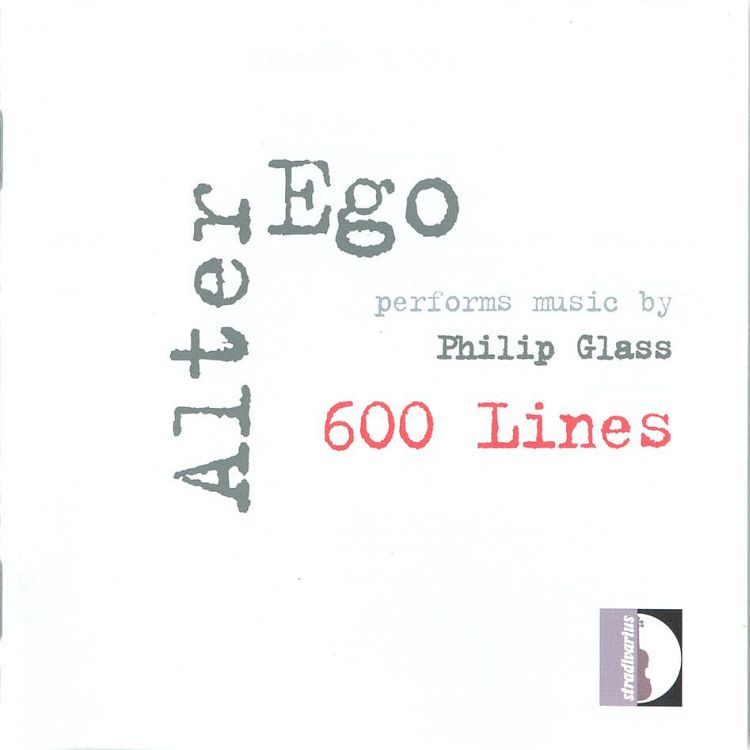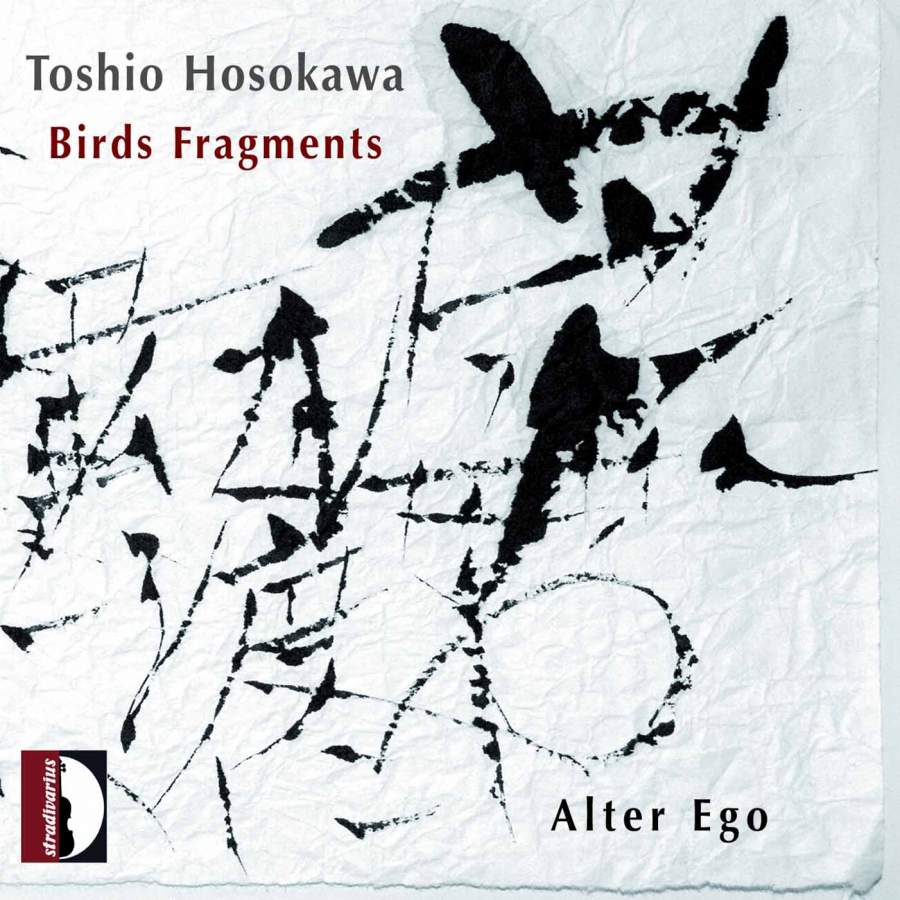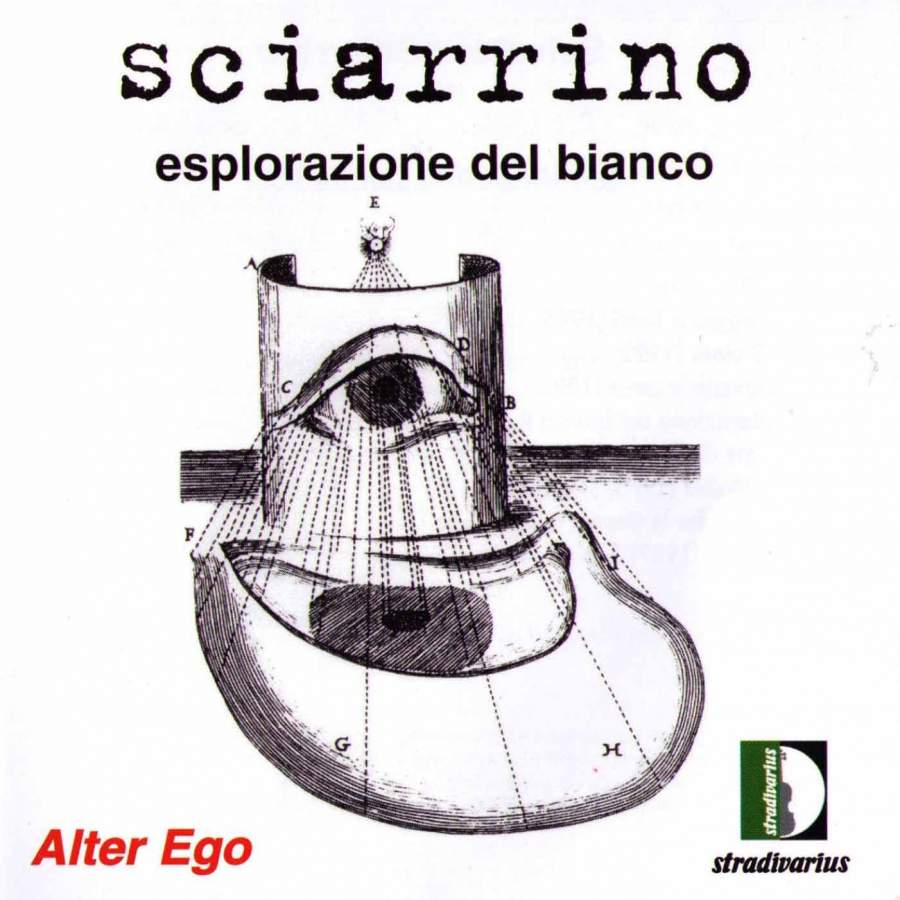Logowanie
Dlaczego wszystkjie inne nie brzmią tak jak te?
Chai Lang, Fan Tao, Broadcasting Chinese Orchestra
Illusive Butterfly
Butterly - motyl - to sekret i tajemnica muzyki chińskiej.
SpeakersCorner - OSTATNIE!!!!
RAVEL, DEBUSSY, Paul Paray, Detroit Symphony Orchestra
Prelude a l'Apres-midi d'un faune / Petite Suite / Valses nobles et sentimentales / Le Tombeau de Couperin
Samozapłon gwarantowany - Himalaje sztuki audiofilskiej
PROKOFIEV, Stanislaw Skrowaczewski, Minneapolis Symphony Orchestra
Romeo and Juliet
Stanisław Skrowaczewski,
✟ 22-02-2017
BARTOK, Antal Dorati, Philharmonia Hungarica
Dance Suite / Two Portraits / Two Excerpts From 'Mikrokosmos'
Samozapłon gwarantowany - Himalaje sztuki audiofilskiej
ENESCU, LISZT, Antal Dorati, The London Symphony Orchestra
Two Roumanian Rhapsodies / Hungarian Rhapsody Nos. 2 & 3
Samozapłon gwarantowany - Himalaje sztuki audiofilskiej
Winylowy niezbędnik
ClearAudio
Cartridge Alignment Gauge - uniwersalny przyrząd do ustawiania geometrii wkładki i ramienia
Jedyny na rynku, tak wszechstronny i właściwy do każdego typu gramofonu!
ClearAudio
Harmo-nicer - nie tylko mata gramofonowa
Najlepsze rozwiązania leżą tuż obok
IDEALNA MATA ANTYPOŚLIZGOWA I ANTYWIBRACYJNA.
Wzorcowe
Carmen Gomes
Celebrating the art and spirit of music - vol. 5 - Reference Songs
- CHCECIE TO WIERZCIE, CHCECIE - NIE WIERZCIE, ALE TO NIE JEST ZŁUDZENIE!!!
Petra Rosa, Eddie C.
Celebrating the art and spirit of music - vol. 3 - Pure
warm sophisticated voice...
SAMPLER - STS DIGITAL, Gregor Hamilton
Celebrating the art and spirit of music - vol. 2 - Love songs from Gregor Hamilton
...jak opanować serca bicie?...
SAMPLER - STS DIGITAL
Celebrating the art and spirit of music - vol. 1 - Leonardo Amuedo
Największy romans sopranu z głębokim basem... wiosennym
Lils Mackintosh
Celebrating the art and spirit of music - vol. 4 - A Tribute to Billie Holiday
Uczennica godna swej Mistrzyni
BUSSOTTI, Giovanna Reitano
Fragmentations - Labirinti
- Giovanna Reitano - harp
- BUSSOTTI
AllMusic Review by Stephen Eddins [-] This CD is devoted to Sylvano Bussotti's music for harp, performed with passion and conviction by Giovanna Reitano. Fragmentation (1962) is notable for its spareness; there is perhaps as much silence or the decay of tones into silence, as there are sounds. The effect is sometimes haunting, but the lack of eventfulness wears thin over its quarter-hour length. Bussotti is more generous in his deployment of sounds in Labirinto (1987) and the three Nuovi Labirinti (1992), which include glimpses of discernible melody, but few traditional harp figurations, such as glissandi or arpeggios. The title of the 35-minute final work, Fragmentations for a harpist (1962), doesn't reveal that, while it is written for one harpist, it is written for two harps, between which the performer moves. One harp is tuned conventionally and the other is "prepared" in the way that Cage prepared a piano. The first track on the CD, Fragmentation, is, in fact, the half of the piece written for conventional harp, without the interspersed sections for prepared harp, and is consequently just about half the length. Given the unconventional playing techniques used on the conventionally tuned harp -- slapping and tapping the body of the instrument, scraping strings, caressing muted strings, changing pedals without playing the strings at all, as well as occasional vocalizations -- it's not always immediately evident which instrument the player is using. In a live performance, moving between the instruments would add an element of drama that can't be captured on a CD. The recording is spectacularly vivid; every scrape, tap, or whisper is clearly audible. Because of the rarified nature of the music, this CD would probably not be of interest to enthusiasts of traditional harp music, but might appeal to fans of experimental music.




























